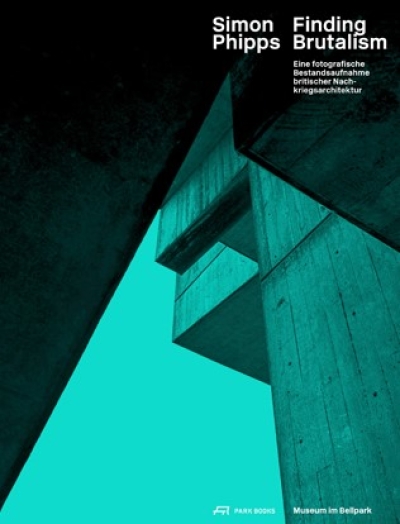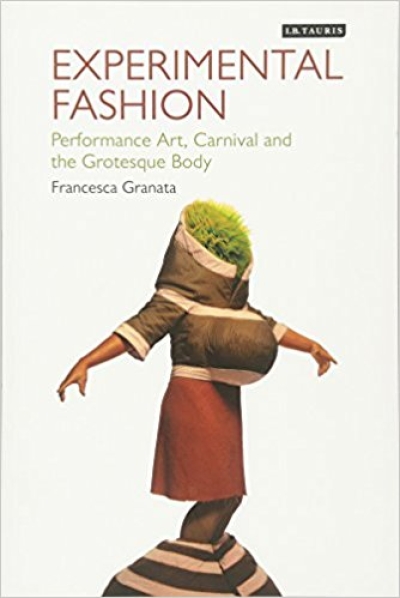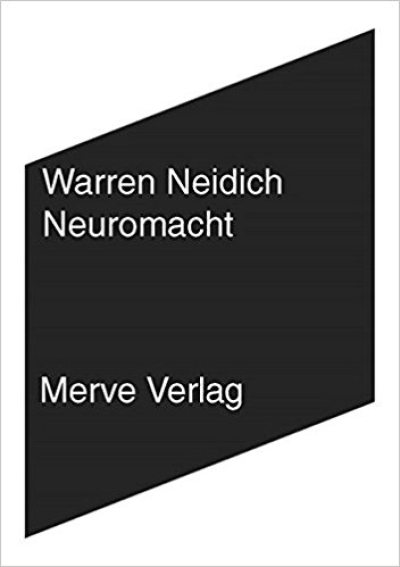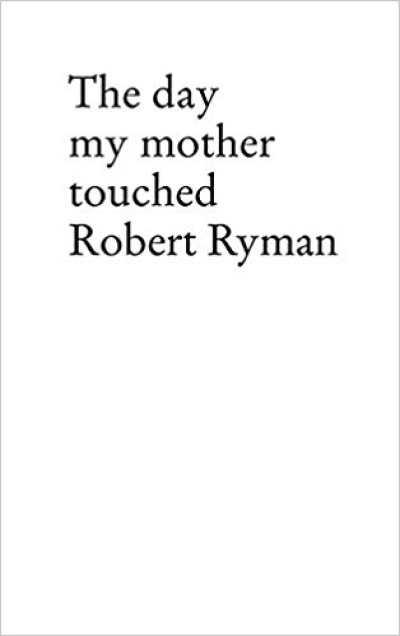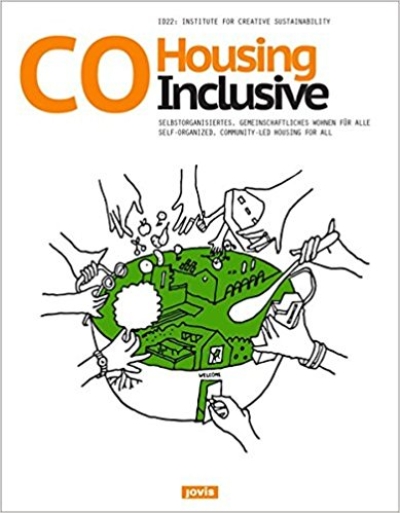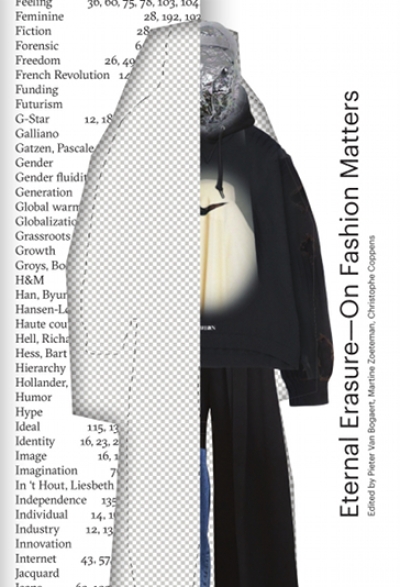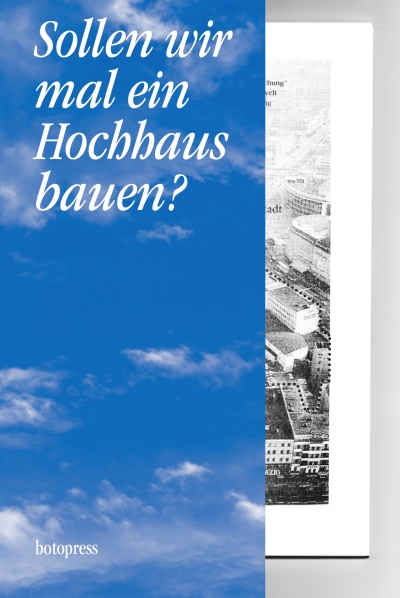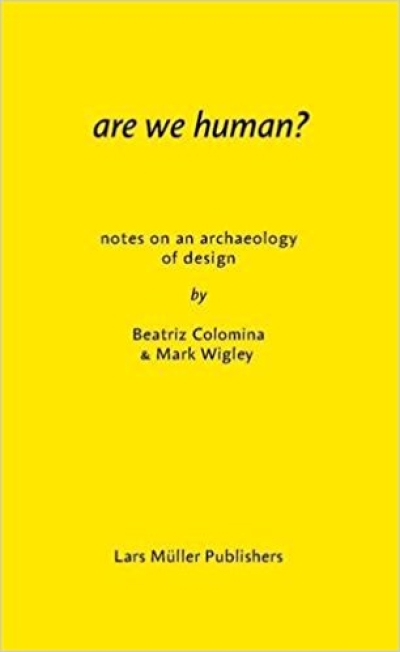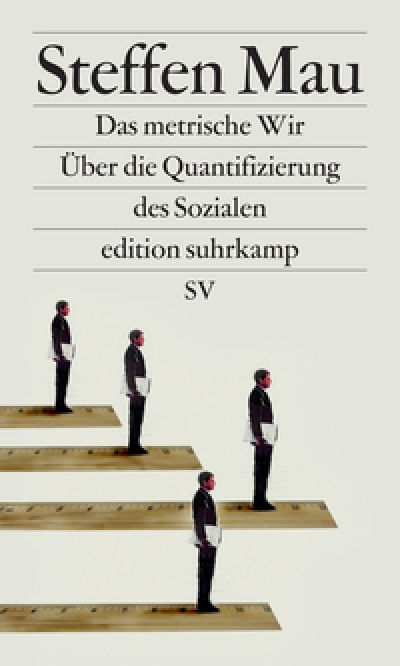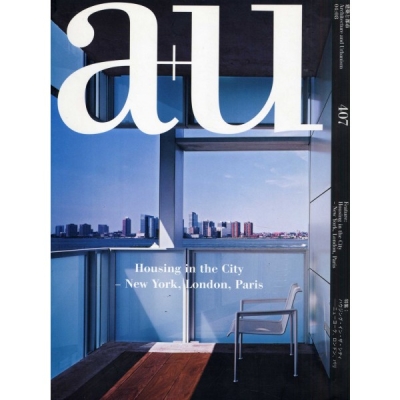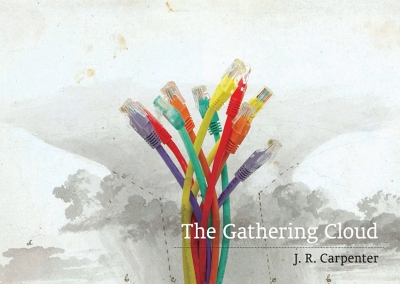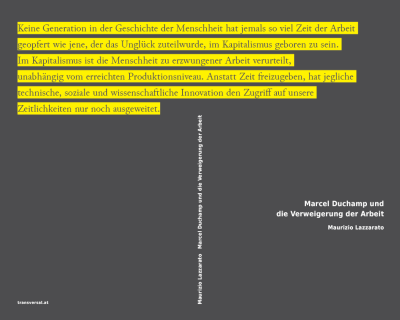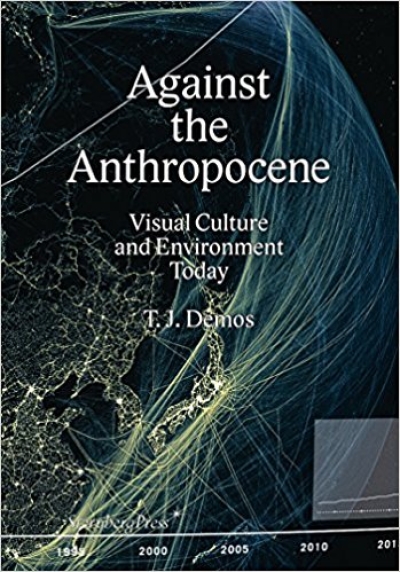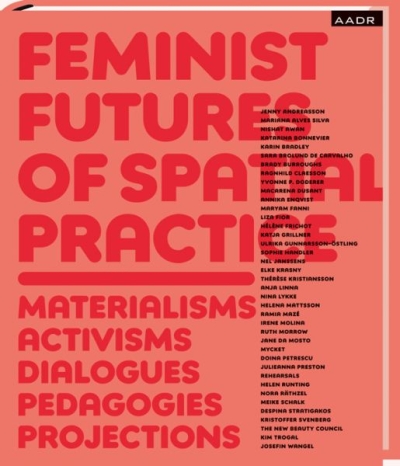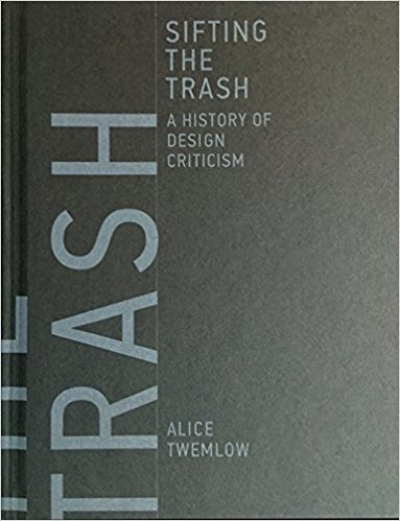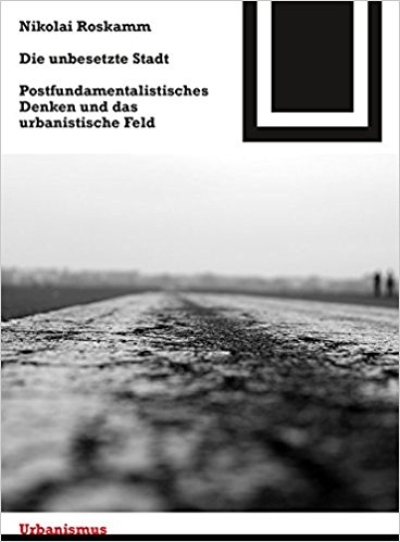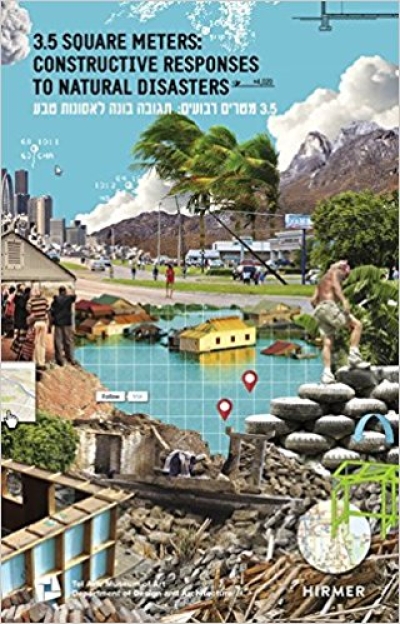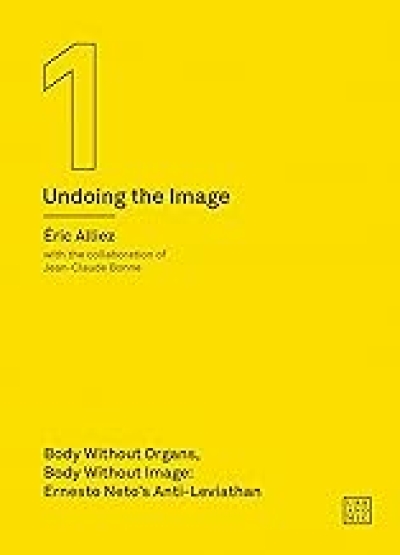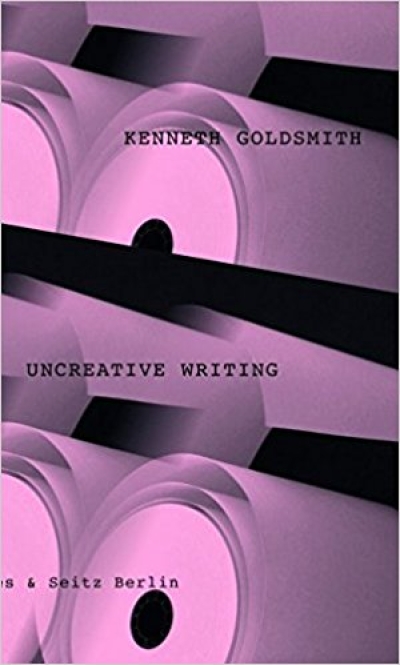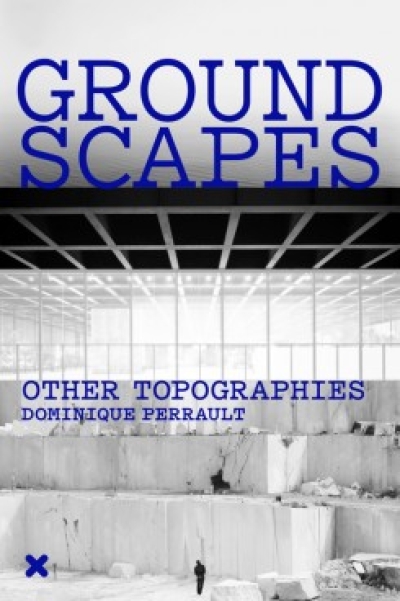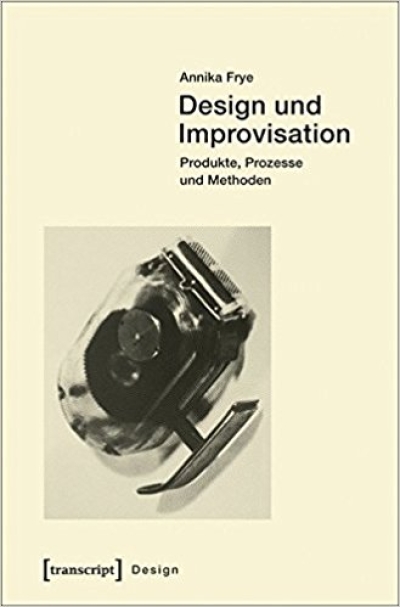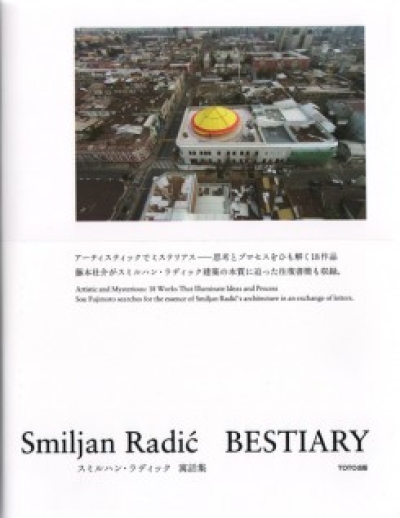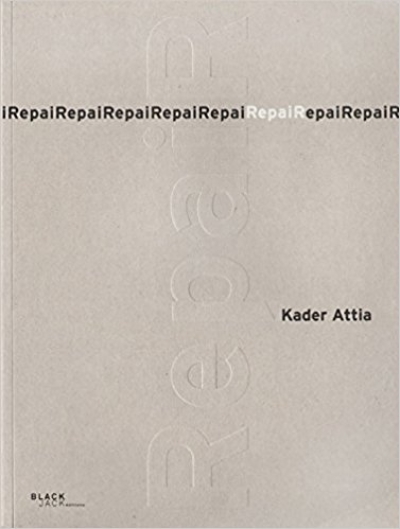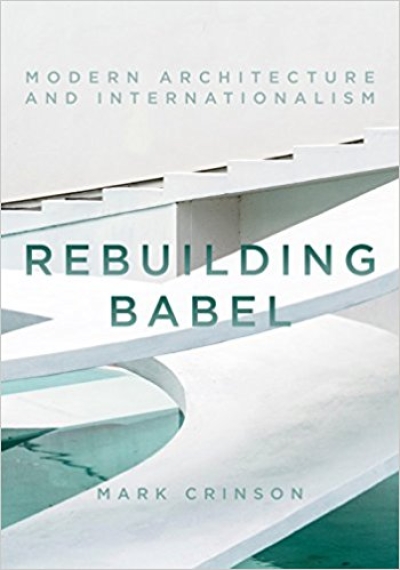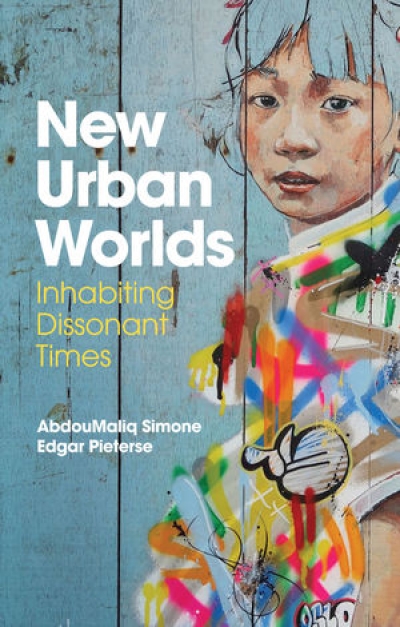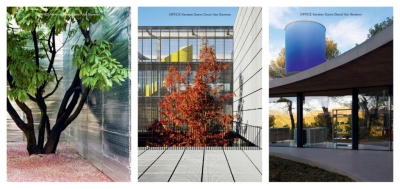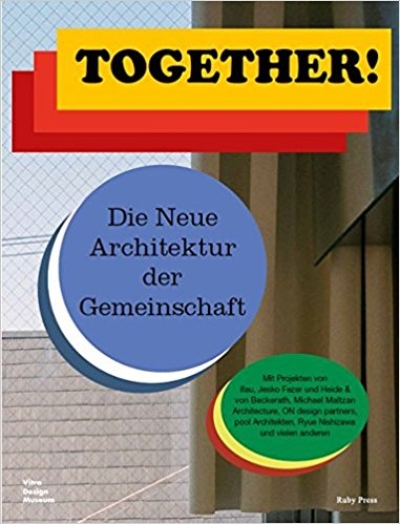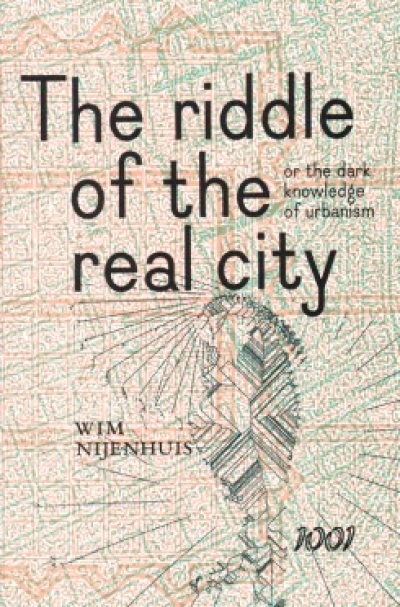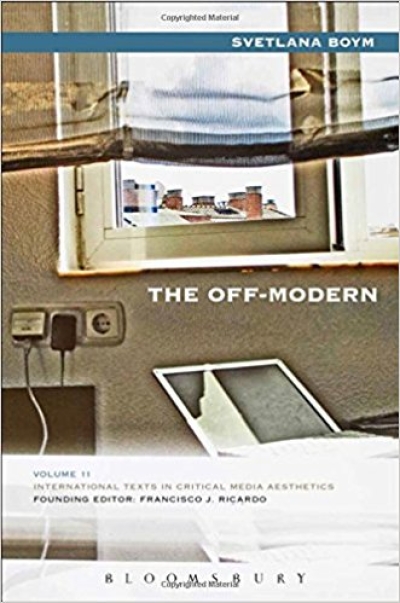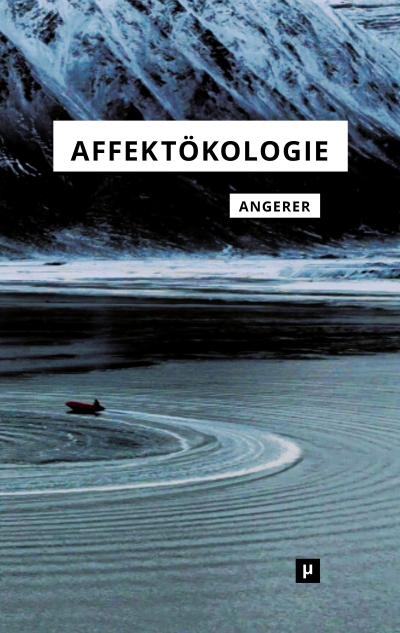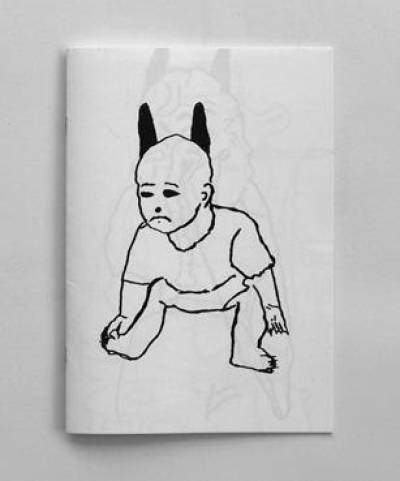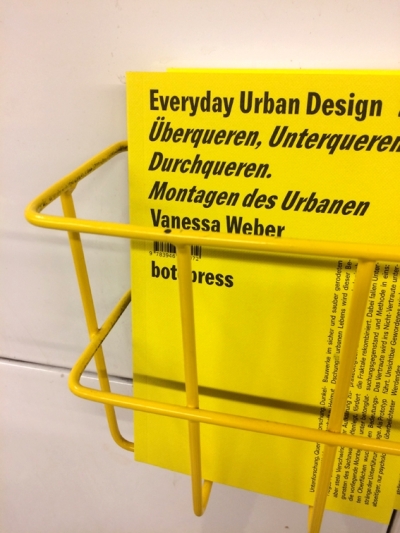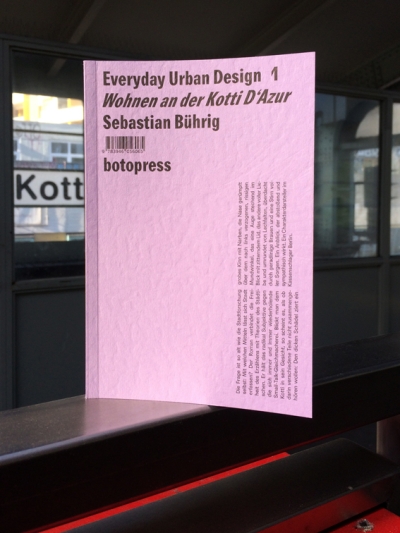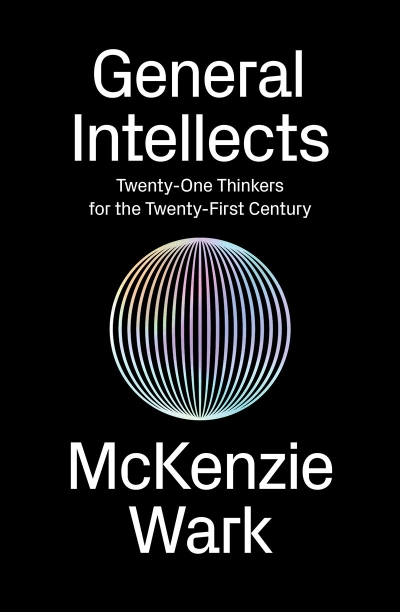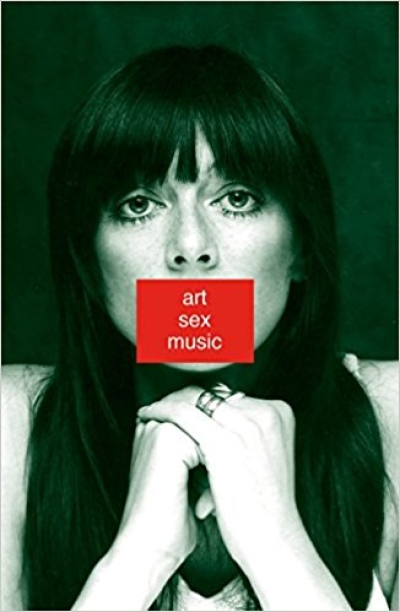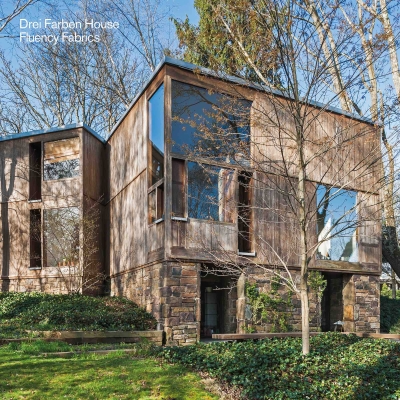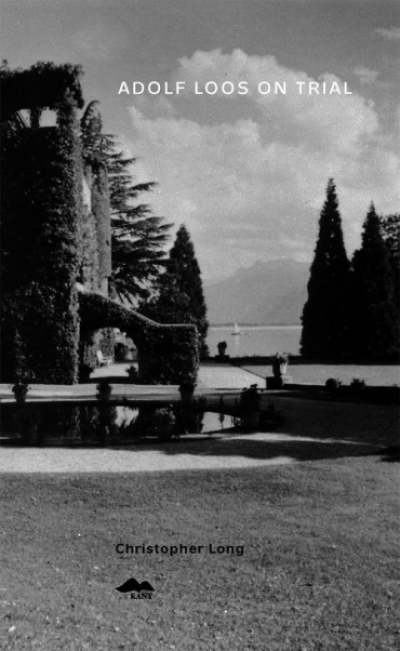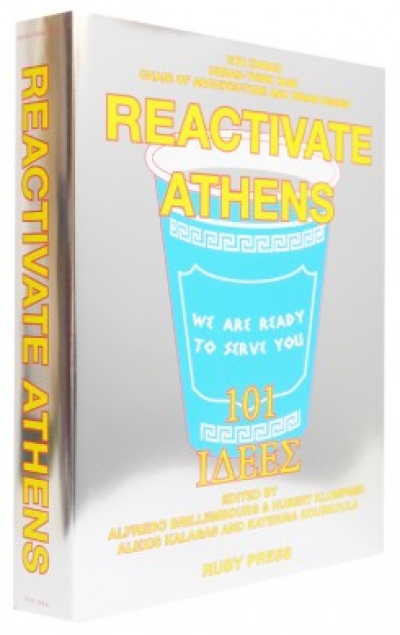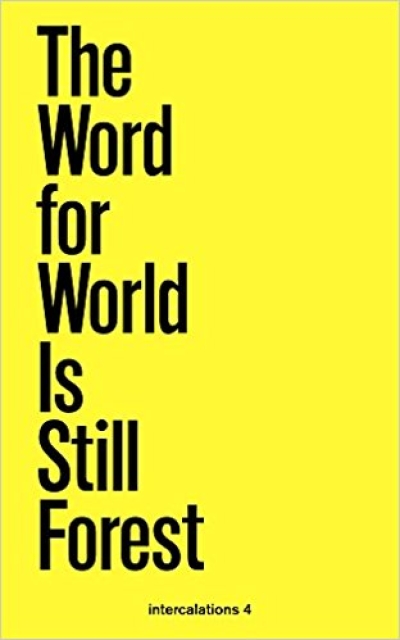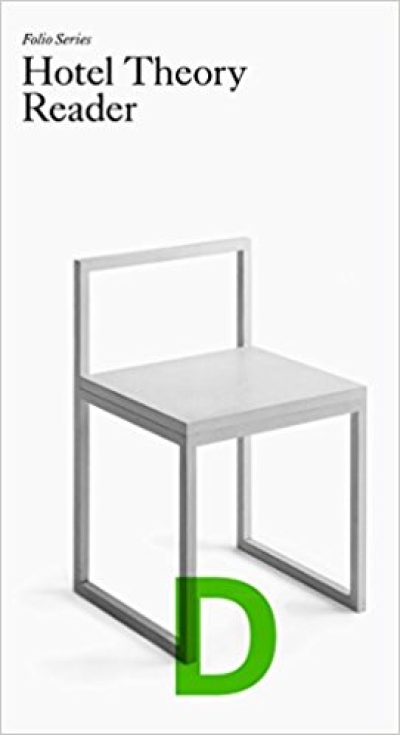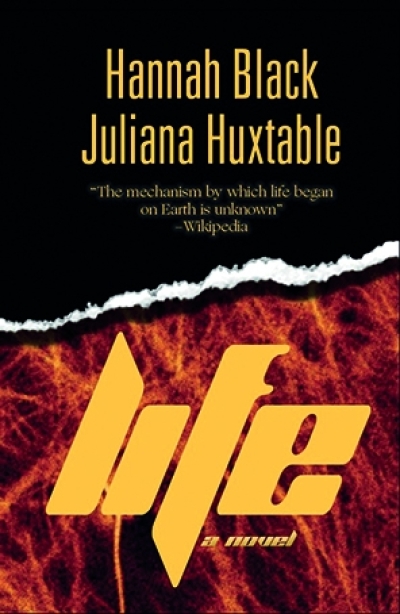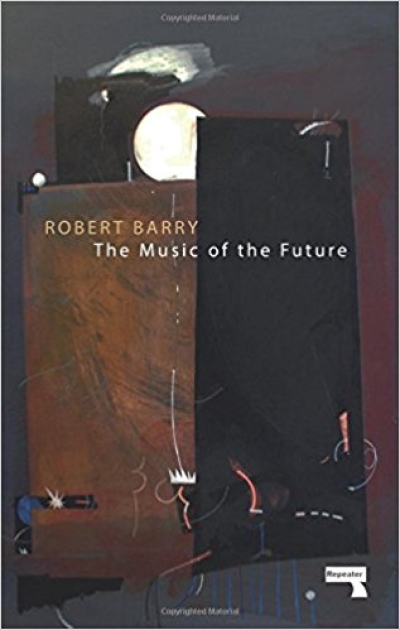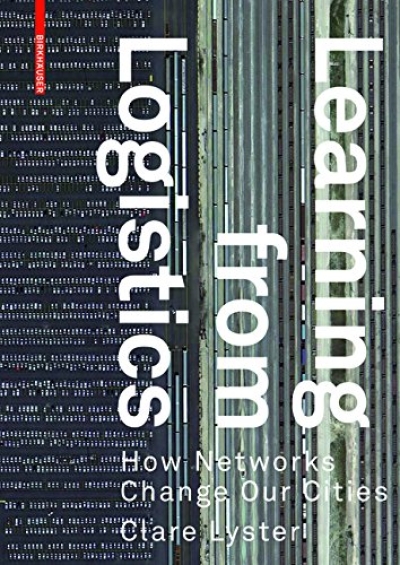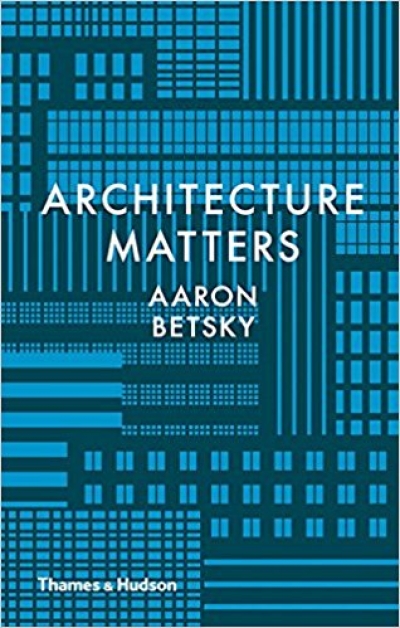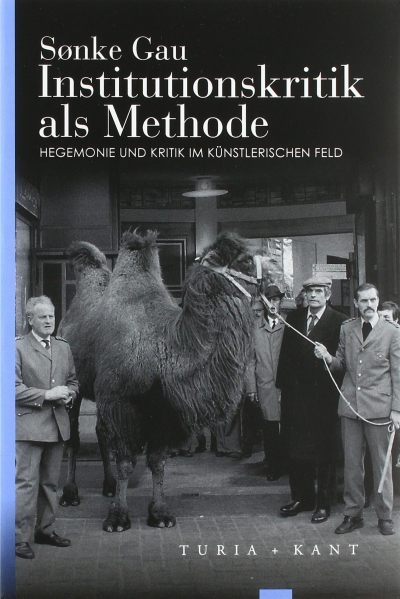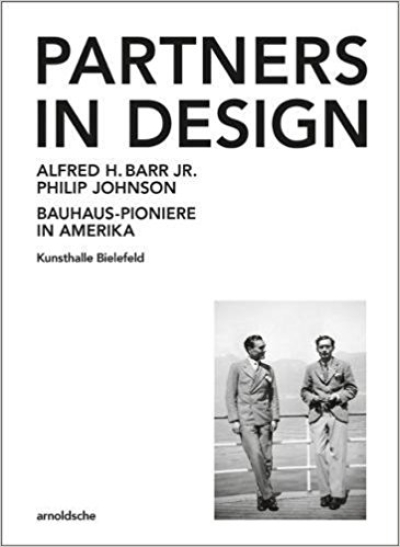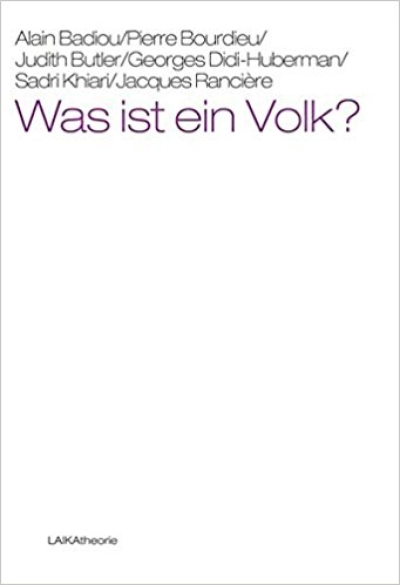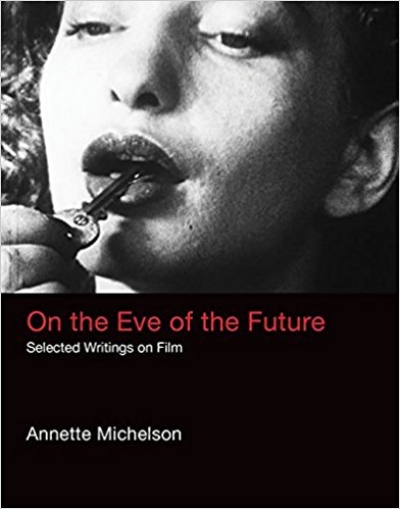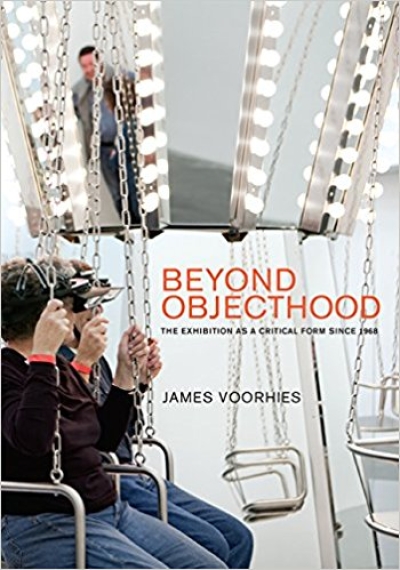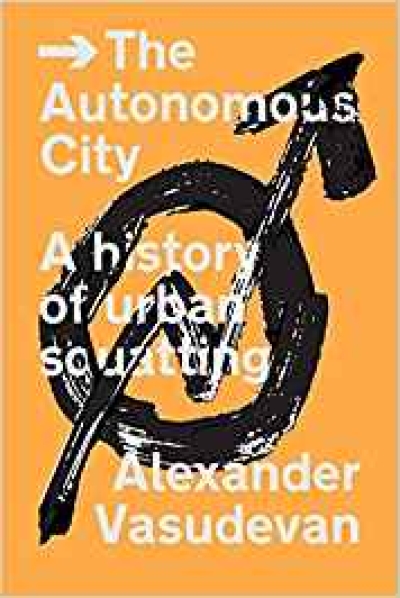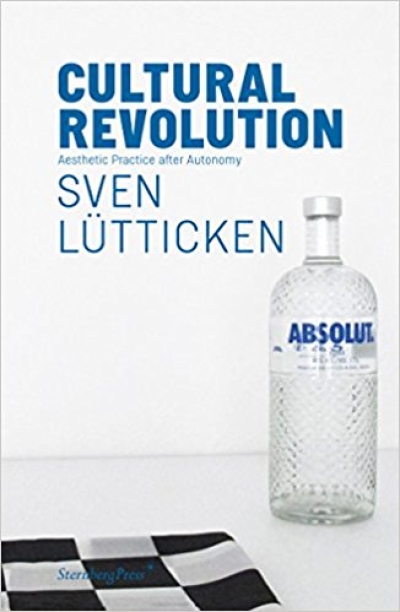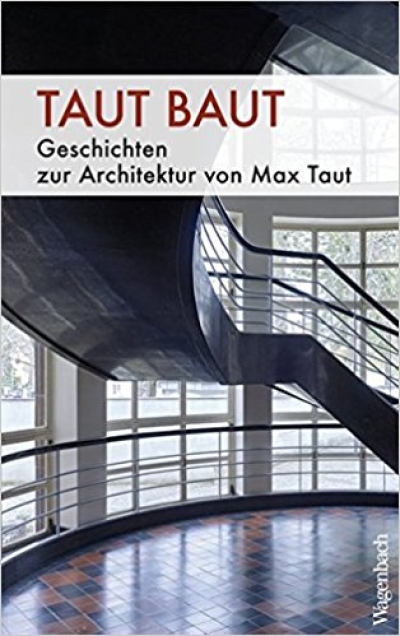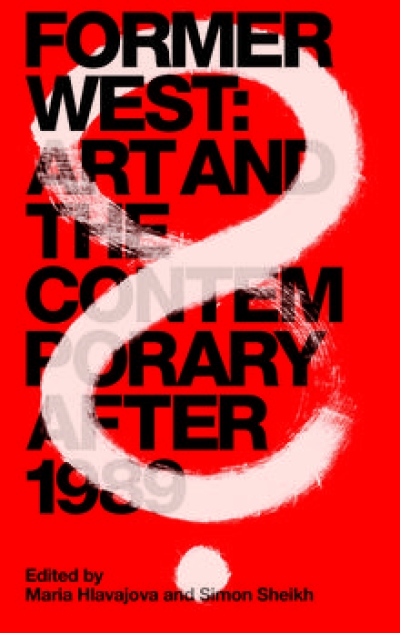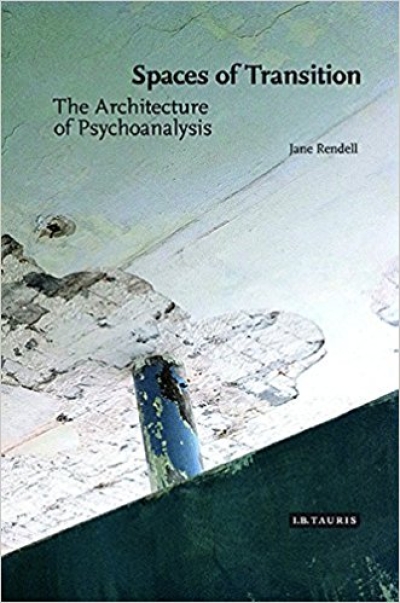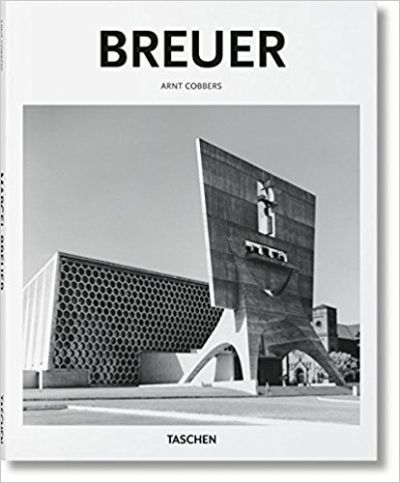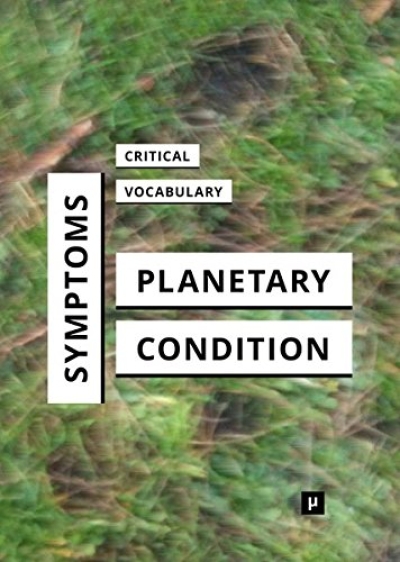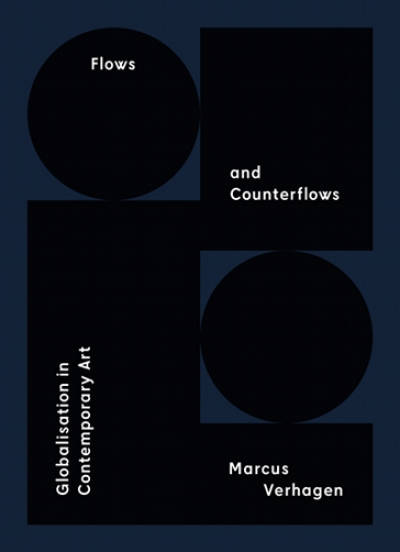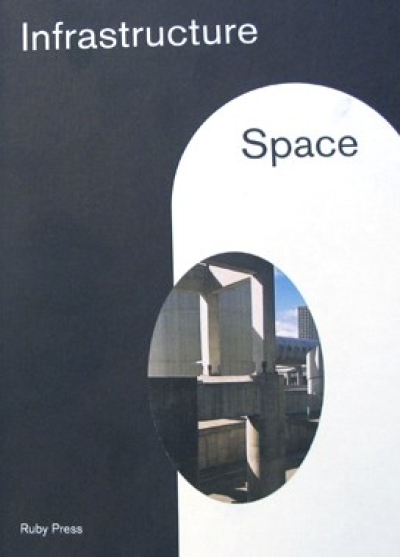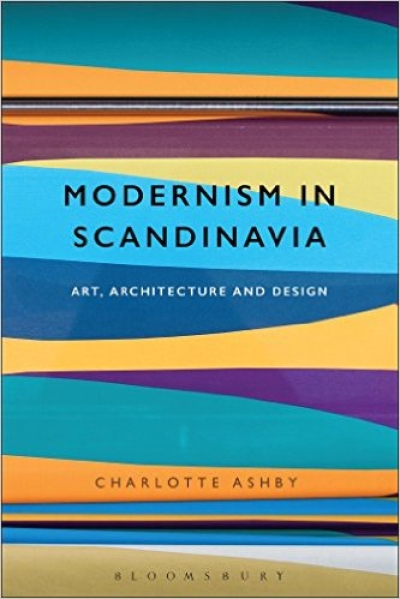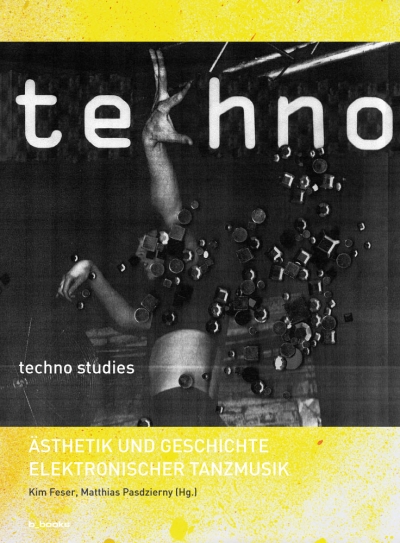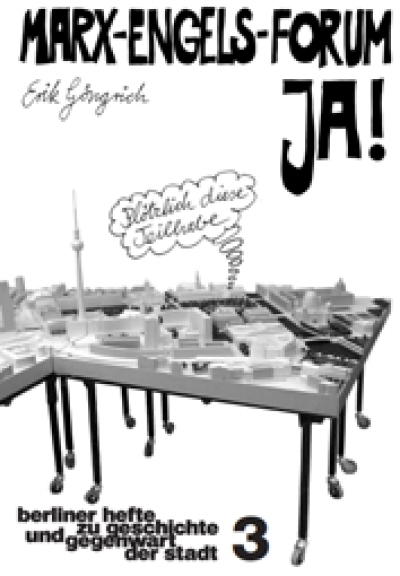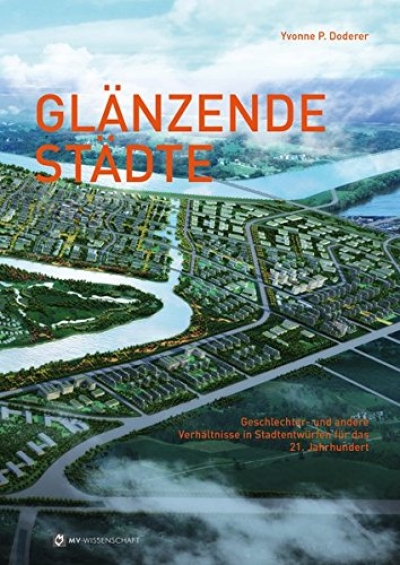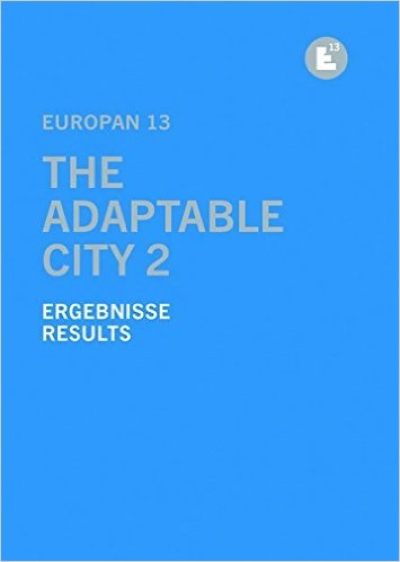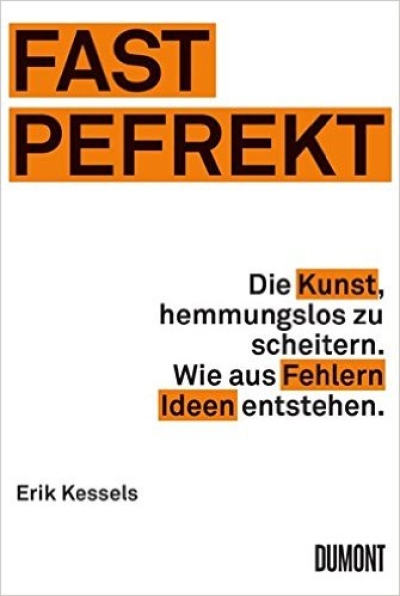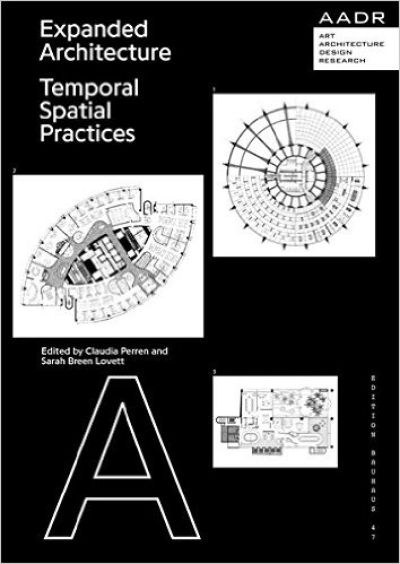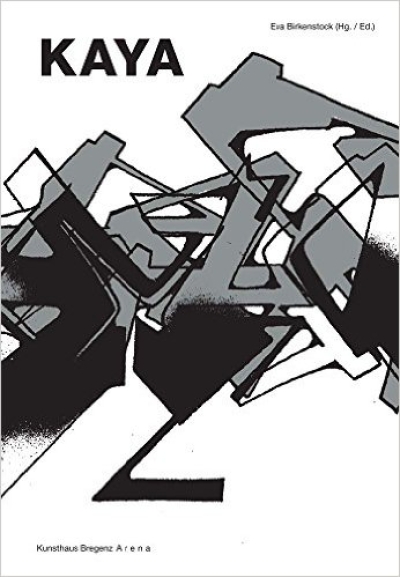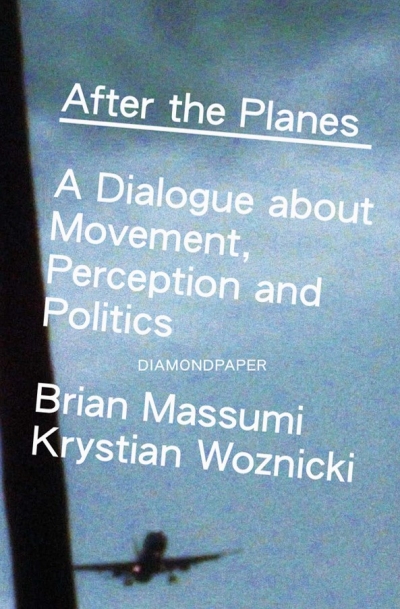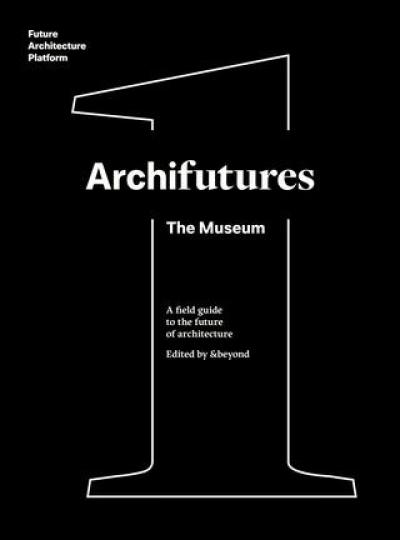
New Management
“New Management” refers to the legendary management philosophy that Lee Kun-hee, Chairman of the Samsung Group, infamously introduced in the early nineties. “The New Management” principle was first proclaimed in 1993 at a high-level executive meeting at the Kempinski Hotel Frankfurt Gravenbruch near Frankfurt am Main International Airport. Lee flew in his entire top management from around the world for a three-day conference, emphasizing the need to globalize and preparing his employees for a new philosophy of change he was going to introduce in order to turn Samsung into a global market leader in all its sectors. This seminal meeting became known within the company as the “Frankfurt Declaration.” In the introduction to the publication, Simon Denny writes: “In Portikus one sees a fantastic conglomeration of material that tries to monumentalize [Samsung’s] powerful cultural message; arranging imagined and remade objects around excerpts from Lee Kun-hee’s texts and Samsung’s history. I’ve tried to stay close to the context it describes: the global material language of corporate pride and presentation.” In commissioning two different English translations of New Management, a publication in Korean about the philosophy and history of Chairman Lee’s legacy, Denny investigates existing hierarchies. On the one hand, the material carries with it extremely specific cultural and economic meaning and value, and on the other, it forms a part of global culture and public information. The same goes for Samsung’s comic version of New Management and the inclusion of Sam Grobart’s article on Samsung that originally ran in Bloomberg Businessweek. Denny levels the role of the artist with those of the professional from a tech company, a journalist, an independent contractor hired through freelancer.com, and finally the viewer of the work.
Simon Denny hat für den Portikus eines seiner bislang ehrgeizigsten Werke geschaffen. Das komplexe Projekt, dem eine einjährige Recherche vorausging, hat räumlich und inhaltlich beträchtliche Dimensionen angenommen. Für zwei Monate verwandelt Denny den Ausstellungsraum in eine Hommage an Technologie, Innovation und den unaufhaltsamen Drang nach Erneuerung in der heutigen Unternehmenswelt. Die umfassende, facettenreiche Installation dokumentiert die globale Erfolgsgeschichte des südkoreanischen Technologiegiganten Samsung. Der Titel der Ausstellung, „New Management“ bezieht sich auf die berühmt-berüchtigte Managementphilosophie – „The New Management“ –, die der Chairman der Samsung Gruppe, Lee Kun-hee, Anfang der 1990er Jahre entwickelte und 1993 im Kempinski Hotel Frankfurt Gravenbruch am Flughafen Frankfurt auf einem hochkarätigen Führungskräftekongress vorstellte. Für diese dreitägige Konferenz ließ Lee sein Top-Management aus aller Welt einfliegen, um die Notwendigkeit von Globalisierung zu unterstreichen und seine Mitarbeiter auf die neue Philosophie unternehmerischer Umstrukturierung vorzubereiten, die Samsung in allen Unternehmensbereichen zu einem globalen Marktführer machen sollte. Diese wegweisende Konferenz wurde innerhalb der Firma unter dem Namen „Frankfurt Declaration“ bekannt.
Samsungs Erfolgsgeschichte ist weitaus bekannt. Indem Simon Denny sie neu kontextualisiert, betont er ihre zeitliche Nähe und stellt kontroverse Fragen zu Globalisierung, wirtschaftlicher Dominanz, nationalistischem Streben und Expansion. Die Slogans von Lee Kunh-hee, die sich auf Dennys skulpturalen Elementen finden – „Change everything but your spouse and kids“, und: „Change begins with me“ –, haben den Erfolgsbegriff der südkoreanischen Unternehmenskultur unmittelbar geprägt.
In seiner Einleitung zum Katalog schreibt Denny: „Im Portikus sieht man ein großartiges Konglomerat von Materialien, das [Samsungs] starke kulturelle Botschaft zu monumentalisieren versucht und imaginierte sowie neu geschaffene Objekte auf der Basis von Lee Kun-hees Texten und der Geschichte von Samsung als Installation arrangiert. Ich habe versucht, mich eng an den Kontext zu halten: die globale, materielle Sprache für unternehmerischen Stolz und Selbstdarstellung.“ Durch zwei verschiedene englische Übersetzungen von New Management – eine in koreanischer Sprache abgefasste Schrift über das Erbe der Philosophie und Geschichte von Lee Kunh-hee – untersucht Denny existierende Hierarchien: er löst das Material von seiner extrem spezifischen kulturellen und wirtschaftlichen Bedeutung und behandelt es als Teil globaler öffentlicher Information. Dasselbe gilt für die Comic-Version von New Management und Sam Grobarts Artikel über Samsung aus der Bloomberg Businessweek. Denny setzt die Rolle des Künstlers mit der eines Technikprofis, eines Journalisten, eines Freiberuflers von freelancer.com und schließlich des Betrachters des Werks gleich.

